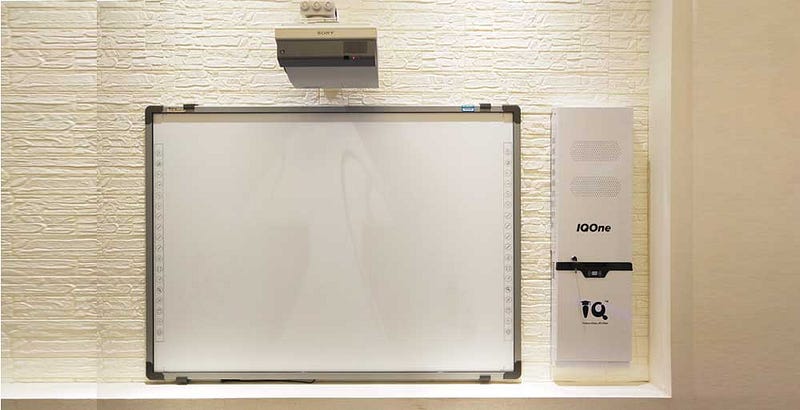
As we sail through the 21st century, technology in the classroom is becoming more and more predominant.
There are two main reasons for this:
Schools are on the fence about the use of certain mobile devices; thinking they’re more a burden than a strategic learning tool.
Schools want to deploy mobile devices but their WiFi networks are not capable of properly supporting the technology
Not only for schools, for students, there are several reasons why your students need technology in the classroom.
1) If used correctly, mobile devices and the applications they support, will help prepare students for their future careers.
2) Integrating technology into the classroom is an effective way to connect with students of all learning styles.
3) It gives students the opportunity to enhance the interaction with their classmates and instructors by encouraging collaboration.
4) Using technology in the classroom gives teachers and other faculty members the opportunity to develop their student’s digital citizenship skills. It’s one thing to use mobile devices, it’s a completely other thing to know how to use them correctly and responsibly.
5) Integrating technology in education helps students stay engaged. Most students today have been using mobile devices like tablets and phones to play and learn since they could crawl. So it only seems logical to align today’s classrooms with the way that your students want and are used to learning.
Special pens are no longer needed and one can operate the board with just the touch of a finger.Also IWBs allow users to connect to them with wireless devices to project their screen image on the board from throughout the classroom.
Technology occupies an important place within students’ lives. When they are not in school, just about everything that they do is connected in some way to technology. By integrating technology into the classroom, teachers are changing the way they used to teach (lectures for six hours a day) and providing students with the tools that will take them into the 21st century.
Technology changes by the minute, and as educators we need to keep up with the times in order to best prepare our students for this ever-changing world that we live in. While we just saw how integrating technology into the classroom has its benefits, it’s important to note that traditional learning processes are just as essential. Take time to learn about each element of ed-tech that you will incorporate into your classroom. When you do, you will find that technology can have a profound impact on your students learning.
评论
发表评论